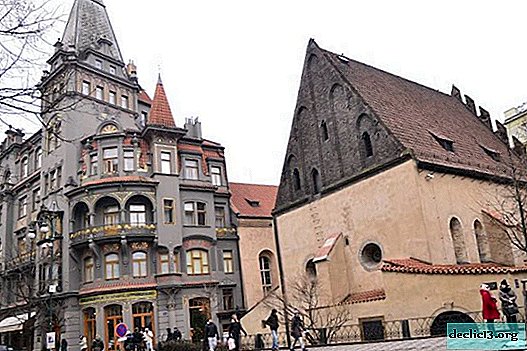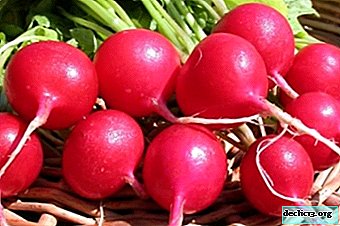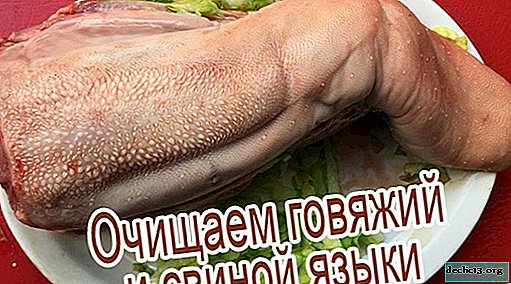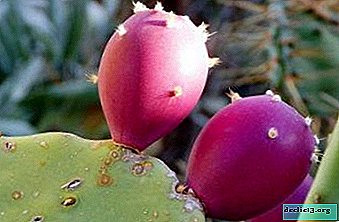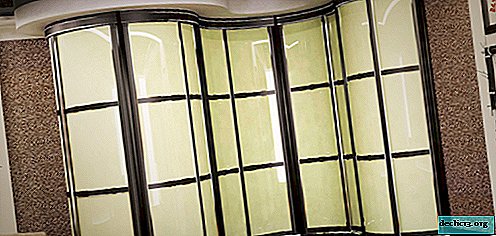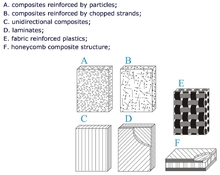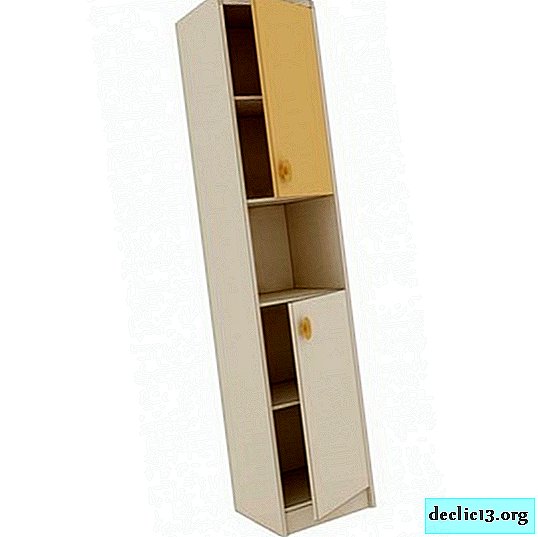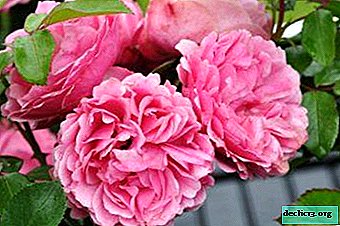How to clean the hood in the kitchen from grease

The range hood is an integral element of the kitchen interior and an indispensable culinary assistant. Professional chefs and housewives who spend a lot of time in the kitchen are well aware of how to clean the hood from grease at home. It is not surprising, because during cooking it receives no less blow than a stove.
Some cooks neglect the preventative cleaning of this kitchen element, but this is wrong. The hood extracts unpleasant odors, smoke and fumes, which are the eternal companions of culinary practice.
If the filter is clogged with a thick layer of sticky fat, the system becomes useless. Yes, and getting rid of hardened fat is much more difficult, so it is not recommended to postpone cleaning the hood for later, and carry out the procedure at least once a month.
Thanks to the efforts of people working in the chemical industry, we have access to an extensive range of detergents and cleaners that can easily cope with any kind of contamination. You go, buy, use - everything is simple.
But it was not always so. Previously, the choice of household chemicals was limited. To put in order the stove, oven or hood, the housewives used improvised means. Over many years of practice, a list of folk remedies has formed that are not inferior to household chemicals. Let's talk about popular methods of combating exhaust pollution, consider the substances and home remedies that best cope with the task of removing stains, dust and grease stains. However, first we dwell on safety precautions.
Safety Precautions

Any work requires the right approach. Even preparing vegetables for further heat treatment is potentially dangerous, because an infection can get into the wound left by a dirty knife. What to say about cleaning an electrical appliance using aggressive substances. To avoid trouble, I advise you to listen to the recommendations.
- Before the procedure, be sure to unplug the hood to avoid electrical shock.
- Before disassembling the device, carefully read the operating instructions.
- Many products include concentrated acids or alkalis. Use rubber gloves to protect your hands from chemical burns. Exercise extreme caution when using cleaning-oriented cleaning chemicals.
- Clean the cooker hood with long sleeves and glasses. This will prevent aggressive substances from entering the skin and eyes.
- Perform work in a well-ventilated area isolated from adjacent rooms. Be sure to restrict access of animals and children to the kitchen at the time of the operation.
This set of rules and recommendations is as simple as possible. Do not neglect the advice, sometimes even a small mistake becomes the cause of a serious problem.
Preparatory stage
Cleaning the kitchen hood is preceded by a preparatory phase, which involves disconnecting the device from the network, studying the instructions and disassembling. If the device is de-energized and the manual has been carefully read, proceed.
- Remove the cover that is located above the stove. Unlock the latches and pull the protective element out of the slots.
- Remove the filter, remove the pipe connecting the exhaust hood and the vent, and remove the air filter element.
- Carefully inspect the housing and determine the degree of contamination.
For washing the pipe, grease filter and grill, any of the tools that are discussed below will be suitable. Only not every air filter needs to be cleaned. Look for relevant information in the instructions.
Effective folk methods for cleaning the grill of fat

There are many cleaning methods, and not all involve the use of expensive chemicals. Some improvised tools are much more affordable and no worse cope with the fat on the hoods.
- Soda. A capacious capacity is required. Put the dishes on the stove, pour water and turn on the fire. As the liquid warms up, add soda and stir constantly to dissolve. As soon as the mixture boils, send the net with the filter to the container and boil for half an hour. During this time, even the stubborn fat will easily go away.
- Laundry soap. To remove greasy deposits, add a little grated soap to the hot water tank. Soak the hood parts in the solution for an hour, then remove and remove the remaining fat with a scraper or a hard sponge.
- Vinegar. Bring table vinegar is not necessary. Put the product on the grate and leave for 30 minutes to dissolve dirt. Next, remove the remaining fat with a sponge and rinse with running water.
- Lemon acid. With a citric acid solution, treat the contaminated surface and leave until the fat dissolves. Then go with a wet sponge and rinse. If the first attempt does not provide the desired result, repeat the manipulation.
Video instruction
The funds listed are available in the arsenal of each hostess. They are affordable, effective and widely used for cleaning not only cooker hoods, but also to bring dishes, stoves, microwave ovens and other household appliances into a divine form.
How to use purchased chemistry to clean your hood

The stores sell products that provide fast results and are absolutely safe for all types of kitchen surfaces. Consider the popular household chemicals, which are most often used by housewives to wash hoods. These are Sanita, Cinderella, Efsto, Sunergetik and Silit Beng.
The funds listed are as simple as possible to use. They are applied to a contaminated surface, left for several minutes, poured with boiling water and washed off with cold water. This is enough to remove stale fat and soot. When using household chemicals, it is imperative to wear gloves and masks, since the composition of the funds includes acids and aggressive substances.
Video comparison of household chemicals
If the listed chemistry is not at hand, a pipe cleaning liquid, Whiteness, or an ordinary dishwashing liquid will help in solving the problem. Even a traditional soda-based cleaning powder will do.
Helpful information
How to wash a hood motor
If the cooker hood is used regularly and is not provided with proper care, grease along with dust particles settles on the internal elements, and the engine is no exception. Clean this unit better with a specialist. It will correctly turn off the engine and rinse using a special solution.
If you decide to pay attention to the "heart" of the kitchen hood yourself, limit yourself to mechanical removal of the fat layer, followed by processing of the available fragments with an alcohol solution. It's enough.
Body cleaning
After cleaning the internal elements, pay special attention to the outer case, because the cleanliness of the part affects the neatness of the kitchen. The insidiousness of this part is that dust sits on top of the fat, providing a cementing effect.
Iron scrapers and abrasive cleaners to clean the case are not suitable, as they leave scratches on the glossy finish. Liquid means are also inappropriate, because the likelihood of the mixture getting into the eyes is high. How to be?
Take the dishwashing detergent, apply to a moistened sponge and treat the surface. After half an hour, wipe the case with a damp cloth. To remove the remaining greasy spots, use the rubber scraper used by drivers to clean car windows.
It is not recommended to use a gas stove as a heater or just leave it with lighted burners, even for a short while. Under the influence of high temperature, the fat dries up, fixes more firmly and forms carbon deposits, which are removed more difficult.

